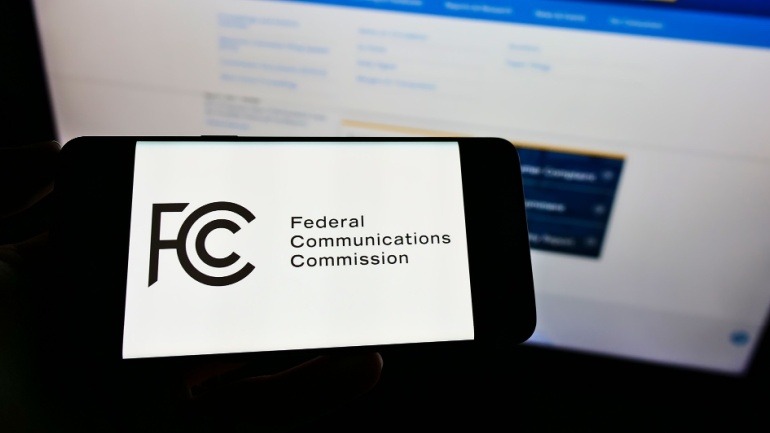U Mobile is ambitiously spearheading Malaysia’s second 5G network rollout, notably without state funding or local partnerships. Led by Tan Sri Vincent Tan, the company aims to deploy 5G within 15 to 18 months.
Donald Trump has nominated Olivia Trusty for FCC commissioner, praising her dedication to economic growth and innovation. Trusty is expected to work closely with new FCC Chairman Brendan Carr to streamline regulations and expand affordable internet access.
Sparkle, a top global operator, is enhancing its services in Brazil with a new Point of Presence in Brasília. This strategic move caters to increasing demand for international connectivity, reinforcing Sparkle’s leading role in Latin America.
Cerillion, a BSS/OSS-as-a-Service provider, partners with Ucom for a transformative digital upgrade. This collaboration will optimize Ucom’s operations, enhancing their quadruple-play services through Cerillion’s integrated suite.
China-based Sequans Communications recently expanded by acquiring Swiss company ACP, strengthening its ambitions in the rapidly growing 5G RedCap sector. This strategic acquisition enhances Sequans’ capabilities to capture the expanding eRedCap market.
Three UK has teamed up with Ericsson to create Europe’s largest cloud-native core network, boosting capacity to 9 Tbps. As data usage skyrockets from services like streaming and gaming, this partnership aims to enhance performance.
Freshwave’s collaboration with the National Robotarium leverages 5G networks to empower agritech robots, including the innovative ‘Spot’. By streaming live video and conducting real-time analyses, these robots enhance productivity in agriculture.
DIDWW has launched an advanced omnichannel Messaging Platform, enabling businesses to engage globally via SMS, social platforms, and email. With robust security, real-time monitoring, and premium quality SMS services, the platform ensures reliable communication.
France and Germany’s partnership on the 5G Autobahn to Autoroute project is creating a groundbreaking 5G corridor between Metz and Saarbrücken. This cross-border endeavor, involving renowned telecom players like Orange and Telefónica, promises to revolutionize digital infrastructure.
Today, we all recognize that the ability to retain and port phone numbers across different service providers is critical for both businesses and individuals. The process of porting numbers within a single country has evolved in recent years, and moving a telephone number from one provider to another has become relatively straightforward. However, these procedures become significantly more complex and sometimes less reliable when porting across international borders. Different countries have disparate telecom networks, as well as their own technical standards, regulatory frameworks, and operational procedures. All these components must be coordinated or integrated to enable successful global number porting. It is important for subscribers who use international telecom services to understand the challenges of global number porting, to have realistic expectations of the process, and to be able to ask relevant questions. This article sheds light on the complexities involved in global porting services, and the broader implications for consumers…













